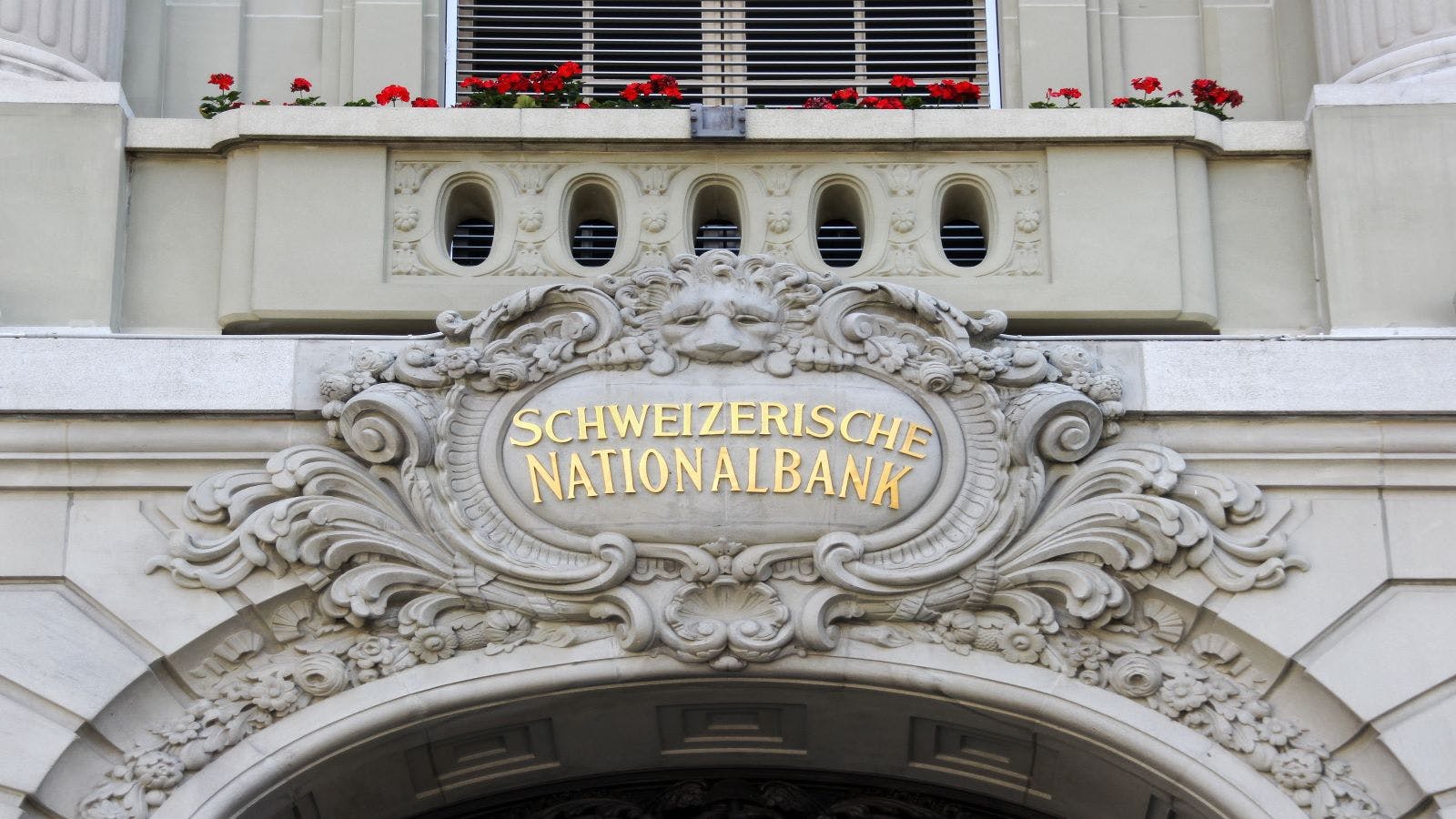Swiss Central Bank, BIS, SIX Complete Test of Wholesale CBDC Trial Labelling it ‘Operationally Possible’
The move marks a turning point in CBDC infrastructure development, demonstrating to the rest of the world that such moves could prove useful to the traditional banking and financial sector.

Swiss National Bank building, Bern. Credit: Shutterstock
- Switzerland’s central bank, the Bank for International Settlements and the SIX stock exchange have successfully conducted interbank transfers using a wholesale central bank digital currency
- The effort also involved five prominent banks including Citi, UBS, Goldman Sachs, Hypothekarbank Lenzburg and Credit Suisse
The Swiss National Bank, the Bank for International Settlements’ Innovation Hub Swiss Centre and the country’s stock exchange, SIX, have completed a joint experiment to integrate a wholesale central bank digital currency (CBDC) for interbank transactions.
Dubbed Project Helvetia, the second phase of the experiment, conducted in Q4, 2021, explored the settlement of interbank, monetary policy and cross-border transactions, according to a statement Thursday.
The project was conducted using the test systems of SIX, the central bank’s real-time gross settlement system, SIX Interbank Clearing as well as core banking systems. The effort also involved five prominent banks including Citi, UBS, Goldman Sachs, Hypothekarbank Lenzburg and Credit Suisse.
The move marks a turning point in CBDC infrastructure development, demonstrating to the rest of the world that such use of distributed ledger technology may yet prove useful to the traditional banking and financial sector.
In its test, the banks and stock exchange experimented on six use cases for its wholesale CBDC including issuance, redemption, delivery-versus-payment, transfers, booking and settlement as well as intraday control and monitoring, according to a joint report.
Phase I, conducted in 2020, involved testing two approaches for settling tokenized assets in central bank money by issuing a wholesale CBDC on a tokenized platform and then linking the existing payment system to a digital ledger.
A wholesale CBDC relates to the settlement of interbank transfers and wholesale transactions. It differs from retail CBDCs that aim to digitize a nation’s currency like the one seen in China with its digital yuan.
The second phase of Project Helvetia successfully demonstrates that such integration is “operationally possible,” the central bank said in its statement. Though it emphasized the project was an experiment of “exploratory nature” and was not to be interpreted as a move by the central bank to implement a wholesale CBDC.
“We have demonstrated that innovation can be harnessed to preserve the best elements of the current financial system, including settlement in central bank money, while also potentially unlocking new benefits,” said Benoit Coeure, Head of the BIS Innovation Hub.
Get the news in your inbox. Explore Blockworks newsletters:
- The Breakdown: Decoding crypto and the markets. Daily.
- 0xResearch: Alpha in your inbox. Think like an analyst.






